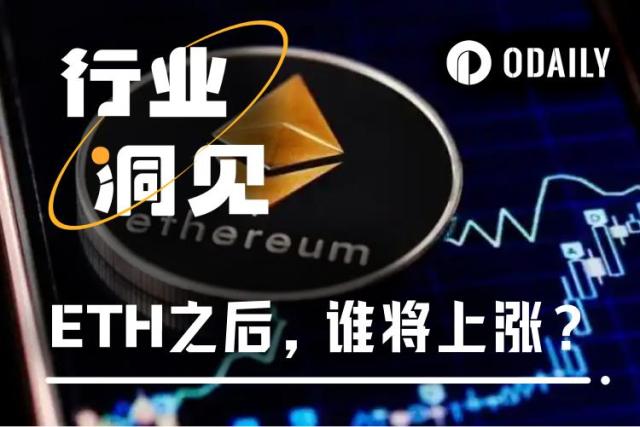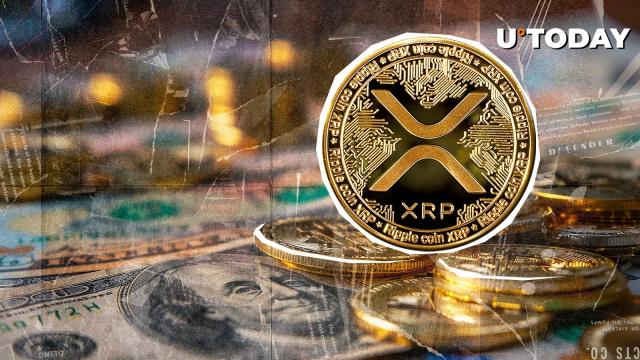Written by: TechFlow
The biggest event in the past two days is the token presale of the meme launch platform Pump.fun.
After long anticipation, PUMP started its presale on July 12th, selling out a total of $500 million worth of shares in just 12 minutes. This can't help but make people sigh that it's not that the market lacks money, but that the money in the market is more inclined to wait and make moves on big projects.
With Bitcoin breaking through to a new high, the PUMP presale seems to be at a subtle point where market sentiment is turning from bearish to bullish, with more people starting to FOMO, and whales continuously opening long positions on Hyperliquid.
In contrast, another group of people missed out on PUMP through CEX.
Pump.fun's official website data shows that several CEXs that previously announced presale cooperation have 0% share in the successful PUMP channels; while other CEXs with data like Kraken, Kucoin, and Gate account for only about 10% of the total PUMP presale.

If you also tried to participate in the PUMP presale through CEX, you probably came up empty-handed.
But don't be upset just yet, here are more data points that might help balance your perspective, pointing to a clearer conclusion --- the PUMP presale might be a carnival for a few.
Kraken, a carnival for two
In the pre-arranged plan, Pump.fun's presale collaborated with 6 CEXs; regardless of the specific process and reasons, from the result, three of them have presale data at 0, which shifts focus to the other three CEXs.

Kraken is the CEX with the most shares, generating a total of $30 million in new token allocation.
You might think many users got PUMP through Kraken, but the actual situation might be --- only 2 people got the allocation.
According to Twitter user @splinter0n's monitoring of presale interface data, the "number of participants" column for Kraken during the presale was 2, meaning only 2 people participated in the new token allocation (2 independent addresses), and they collectively got a $30 million allocation.

(Image source: @splinter0n, original post link click here)
In the comments of the post, everyone was discussing who these two people were, but overall social media tends to believe these are layouts by powerful whales, and ordinary investors can't get such a large amount, and can't participate when all CEXs have problems.
Additionally, the blogger also showed more data, indicating that only 15 people participated through Gate, totaling a $5 million allocation; Kucoin had 120 participants, totaling nearly $16.5 million in allocation.

That is to say, the number of participants in these three exchanges that could get PUMP shares is less than 140 people; considering that one person might have multiple addresses, this number is estimated to be even smaller.
It's worth noting that for the authenticity and credibility of the data, in other data monitored by this blogger, the total number of presale participants and total amount are almost consistent with the data shown by Pump.fun's official website.
So for the number of people participating in PUMP allocation through these CEXs, although the official hasn't explained, we have reason to speculate that this is close to the real situation.
In any case, getting PUMP through CEX allocation belongs to a minority, with most experiencing disappointment.
Most people bought around $500
If users who tried to allocate through CEX failed due to process issues, did retail investors who went directly to the official website make a fortune?
Let's look at the data.
The overseas well-known media and data analysis platform Blockworks recently launched a data panel that can intuitively see various data of this PUMP presale.

First, a total of 10,000 independent addresses participated in the purchase, with the most concentrated purchase amount between $100-1000, and the median purchase at around $540.
Note this is the median, not the average, which statistically excludes the situation where the average is pulled up by a few super whales.
That means most addresses only participated with about $500; and on Twitter's timeline, you might find a lot of posts complaining about not being able to buy or FOMO, seeming as if they missed out on buying hundreds of thousands of dollars.
There's often a huge gap between real data and social media sentiment. Emotions can be amplified, but the money in wallets is just that much.
Looking at large holders, 202 wallets purchased over $1 million, and 138 wallets purchased over $500,000.
Additionally, some interesting data is also worth noting.
Among all presale wallets, new wallet addresses created less than 24 hours accounted for nearly 45%.
If there's a purchase limit per wallet, large holders and institutions can create new wallets in batches to bypass restrictions and maximize their purchase amount.

In contrast, wallets existing for more than a year and participating in the presale account for less than 5%. This also supports a view discussed in the community --- the presale is more beneficial to large holders, and old investors might become "exit liquidity".
Finally, if you examine the funding sources for those who directly participated in the presale on Pump's official website, you'll find that besides self-created independent addresses, most offline funds actually came from Bianance withdrawals, even exceeding the total number of withdrawal addresses from all other CEXs.

On-chain, DeFi projects in the Solana ecosystem like Raydium, SolFi, and Jupiter contributed a large portion of funding sources. Looking at them together, the proportion of funds from independent addresses and DEXs among the 10,000+ addresses already exceeds 60%, with CEX accounting for less than 30%.
This again emphasizes the importance of channels.
For most crypto projects, the shorter the participation path, the better; people tend to prefer convenience, and if they have to withdraw from CEX to their own address to participate in the presale, their willingness to participate will naturally decrease.
So now we see each CEX directly embedding on-chain allocation and creating their own on-chain wallets in their APP entrances, which is understandable.
Marginal Players
Looking at these PUMP presale data together, the seemingly open decentralized presale increasingly shows a centralized tendency at the data level.
Low-cost creation of new wallets, pre-market long and short trading on Hyperliquid, CEXs' final participation channels having problems... All these make the PUMP presale look more like an elite game and arrangement, rather than a community-driven opportunity.
This is also not the first time we've seen FOMO and criticism emotions around a token being amplified on social media. Investors always chase the phantom of the "next 100x coin", but often find themselves as marginal participants when facing the data.
And as we continue to observe in this "disappointment", the market will increasingly rely on the capital flow of a few.
Standing at this point of Bitcoin's new high, marginal players still feel that the heights are cold.







